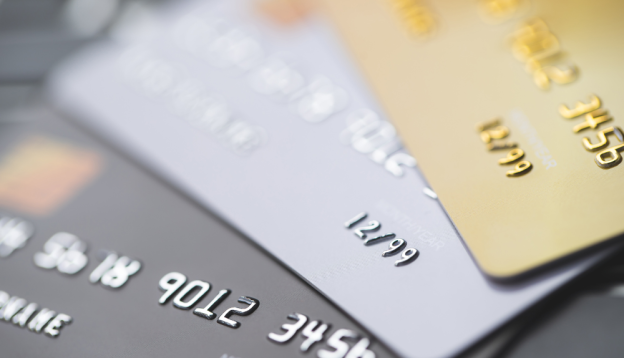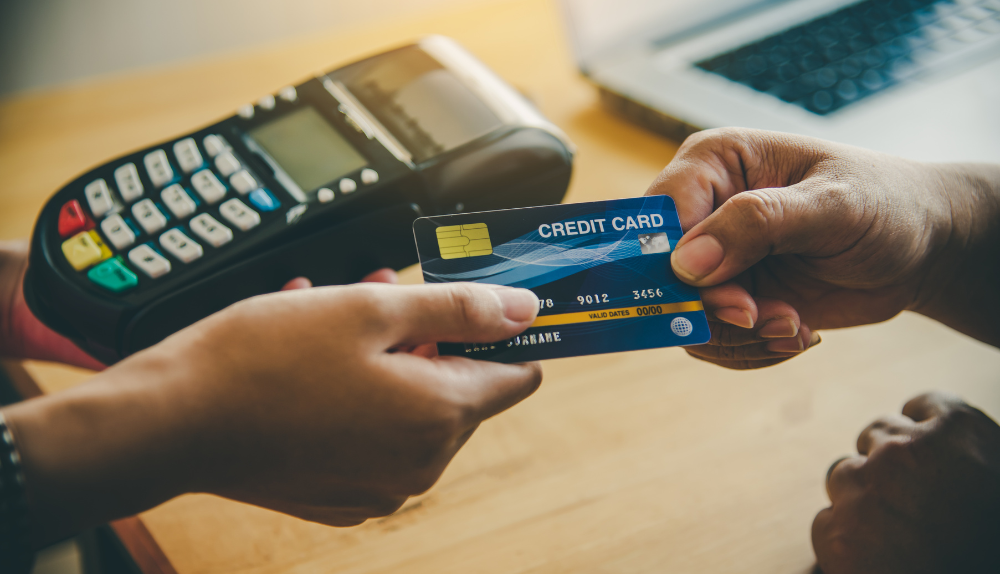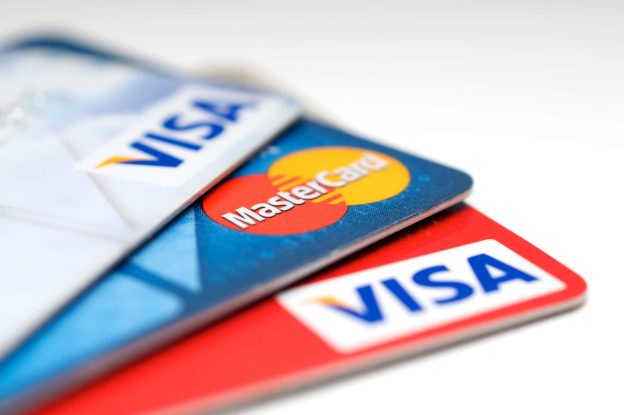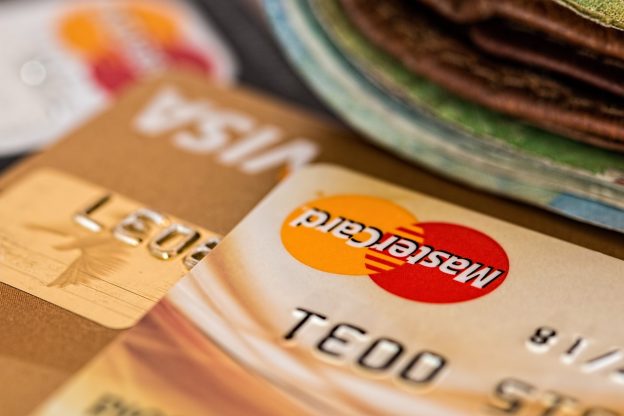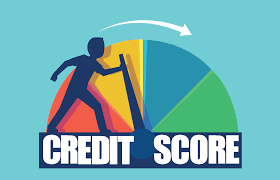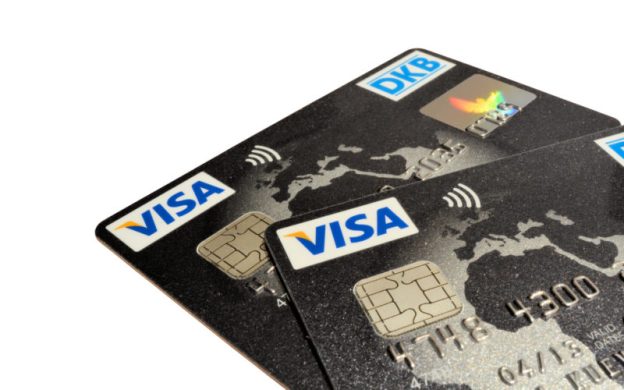The T J Maxx Credit Card is a popular choice for frequent shoppers at T J Maxx stores. As one of the leading off-price retailers in the United States, T J Maxx offers a wide range of discounted products across various categories, including clothing, accessories, home goods, and more. The T J Maxx Credit Card is designed to enhance the shopping experience for loyal customers by providing exclusive benefits and rewards. In this article, we will explore the features and benefits of the T J Maxx Credit Card, as well as provide a comprehensive review to help you decide if it is the right choice for you.
Overview of T J Maxx and its credit card offering
T J Maxx is a subsidiary of TJX Companies, which also owns other popular retail brands such as Marshalls, HomeGoods, and Sierra Trading Post. With over 1,200 stores across the United States, T J Maxx is known for offering high-quality products at discounted prices. The T J Maxx Credit Card is one of the ways the company rewards its loyal customers and encourages them to shop more frequently.
The T J Maxx Credit Card is a store credit card that can only be used at T J Maxx stores and its affiliated brands. It offers various benefits and rewards, including exclusive discounts, special promotions, and access to exclusive events. By using the T J Maxx Credit Card, cardholders can earn rewards on their purchases and enjoy additional perks that are not available to regular customers.
Importance of understanding the features and benefits of the card
Before applying for any credit card, it is crucial to understand its features and benefits to determine if it aligns with your needs and preferences. The T J Maxx Credit Card offers unique advantages that can enhance your shopping experience and save you money. By understanding the features and benefits of the card, you can make an informed decision and maximize the value you get from it.
T J Maxx Credit Card: Application Process and Approval Criteria
The application process for the T J Maxx Credit Card is relatively straightforward. To apply for the card, you can visit the T J Maxx website or apply in-store. The online application process is convenient and allows you to complete the application from the comfort of your own home. Here is a step-by-step guide on how to apply for the T J Maxx Credit Card:
- Step 1: Visit the T J Maxx website
- Step 2: Navigate to the credit card section
- Step 3: Click on the “Apply Now” button
- Step 4: Fill out the application form with your personal information
- Step 5: Submit the application
Eligibility requirements and factors considered during the approval process
To be eligible for the T J Maxx Credit Card, you must meet certain criteria. The specific eligibility requirements may vary, but generally, you must be at least 18 years old and have a valid Social Security number. The approval process takes into account various factors, including your credit history, income, and debt-to-income ratio. It is important to note that approval is not guaranteed, and meeting the minimum requirements does not guarantee approval.
Tips for increasing your chances of approval
If you are interested in applying for the T J Maxx Credit Card and want to increase your chances of approval, there are several steps you can take. First, it is important to have a good credit score. Paying your bills on time, keeping your credit utilization low, and avoiding excessive debt can help improve your credit score. Additionally, having a stable income and a low debt-to-income ratio can also increase your chances of approval. Finally, it is important to review your credit report for any errors or discrepancies and address them before applying for the card.
Understanding the T J Maxx Credit Card Rewards Program
The T J Maxx Credit Card offers a rewards program that allows cardholders to earn points on their purchases. The rewards program is tiered, meaning that the more you spend, the higher your rewards earning potential. Here is a detailed breakdown of the rewards structure and earning potential:
- Base Rewards: The base rewards rate for the T J Maxx Credit Card is 5 points per dollar spent at T J Maxx stores and its affiliated brands. This means that for every dollar you spend, you will earn 5 points.
- Bonus Rewards: In addition to the base rewards, the T J Maxx Credit Card offers bonus rewards on certain purchases. For example, cardholders can earn 10 points per dollar spent on purchases made within the first 90 days of opening the account.
- Elite Rewards: The T J Maxx Credit Card also offers elite rewards for cardholders who spend a certain amount within a calendar year. Once you reach the elite status, you will earn 1.25 points per dollar spent at T J Maxx stores and its affiliated brands.
Exploring the different tiers and benefits for cardholders
The T J Maxx Credit Card offers different tiers based on your spending habits. The tiers include the base rewards tier, the bonus rewards tier, and the elite rewards tier. Each tier comes with its own set of benefits and perks. Here is an overview of the different tiers and their benefits:
- Base Rewards Tier: The base rewards tier is the starting point for all cardholders. In this tier, you will earn 5 points per dollar spent at T J Maxx stores and its affiliated brands. Additionally, you will receive exclusive discounts and promotions throughout the year.
- Bonus Rewards Tier: The bonus rewards tier is available to cardholders who spend a certain amount within the first 90 days of opening the account. In this tier, you will earn 10 points per dollar spent on purchases made within the first 90 days. This tier also comes with additional benefits, such as early access to sales and events.
- Elite Rewards Tier: The elite rewards tier is the highest tier in the T J Maxx Credit Card rewards program. To qualify for this tier, you must spend a certain amount within a calendar year. In the elite rewards tier, you will earn 1.25 points per dollar spent at T J Maxx stores and its affiliated brands. You will also receive exclusive benefits, such as free shipping on online orders and extended return periods.
Tips for maximizing your rewards and redeeming them effectively
To maximize your rewards and get the most value out of your T J Maxx Credit Card, here are some tips to keep in mind:
- Use your card for all T J Maxx purchases: To earn the maximum number of points, make sure to use your T J Maxx Credit Card for all your purchases at T J Maxx stores and its affiliated brands.
- Take advantage of bonus rewards: Keep an eye out for special promotions and bonus rewards opportunities. By timing your purchases strategically, you can earn more points and maximize your rewards.
- Redeem your rewards wisely: Once you have accumulated enough points, you can redeem them for T J Maxx gift cards. Make sure to use your gift cards strategically and take advantage of sales and promotions to get the most value out of them.
T J Maxx Credit Card Fees and Interest Rates
Like any credit card, the T J Maxx Credit Card comes with certain fees and interest rates. It is important to understand these fees and rates to avoid unnecessary charges and manage your card effectively. Here is a comprehensive list of fees associated with the T J Maxx Credit Card:
- Annual Fee: The T J Maxx Credit Card does not have an annual fee. This means that you can enjoy the benefits of the card without having to pay an annual fee.
- Late Payment Fee: If you fail to make your minimum payment by the due date, you may be charged a late payment fee. The specific amount of the fee may vary, so it is important to review the terms and conditions of the card.
- Returned Payment Fee: If your payment is returned for insufficient funds or any other reason, you may be charged a returned payment fee. This fee is typically charged by the credit card issuer and can vary in amount.
Explanation of interest rates and how they are calculated
The T J Maxx Credit Card comes with an interest rate, also known as the Annual Percentage Rate (APR). The APR is the cost of borrowing money on the card and is expressed as a percentage. The specific interest rate for the T J Maxx Credit Card may vary based on your creditworthiness and other factors. It is important to understand how interest rates are calculated to manage your card effectively.
Interest on the T J Maxx Credit Card is calculated using the average daily balance method. This means that interest is charged based on the average balance of your account over a billing cycle. The interest rate is applied to the average daily balance to calculate the interest charges for that billing cycle.
Strategies for avoiding unnecessary fees and managing interest charges
To avoid unnecessary fees and manage interest charges on your T J Maxx Credit Card, here are some strategies to consider:
- Pay your balance in full: To avoid paying interest charges, it is best to pay your balance in full each month. By doing so, you can enjoy the benefits of the card without incurring any interest charges.
- Set up automatic payments: To ensure that you never miss a payment and incur late payment fees, consider setting up automatic payments for your T J Maxx Credit Card. This way, your minimum payment will be deducted from your bank account automatically each month.
- Monitor your spending: By keeping track of your spending and staying within your budget, you can avoid overspending and accumulating unnecessary interest charges. Use the online tools and features provided by T J Maxx to monitor your transactions and track your spending.
T J Maxx Credit Card vs. Other Store Credit Cards: A Comparison
When considering the T J Maxx Credit Card, it is important to compare it to other store credit cards to determine if it is the right choice for you. Here is a comparison of the T J Maxx Credit Card with similar store cards:
- Rewards Structure: The T J Maxx Credit Card offers a competitive rewards structure, with the potential to earn up to 5 points per dollar spent. However, other store credit cards may offer higher rewards rates or more flexible redemption options.
- Exclusive Benefits: The T J Maxx Credit Card offers exclusive benefits such as discounts, promotions, and access to exclusive events. Other store credit cards may offer similar benefits, but the specific perks may vary.
- Acceptance: The T J Maxx Credit Card can only be used at T J Maxx stores and its affiliated brands. Other store credit cards may have a wider acceptance network, allowing you to use them at multiple retailers.
Evaluating the advantages and disadvantages of choosing the T J Maxx card
When evaluating the advantages and disadvantages of choosing the T J Maxx Credit Card, it is important to consider your shopping habits, preferences, and financial goals. Here are some advantages and disadvantages to consider:
Advantages
- Exclusive discounts and promotions
- Access to exclusive events
- Competitive rewards structure
- No annual fee
Disadvantages
- Limited acceptance network
- High interest rates for carrying a balance
- Limited redemption options
Considerations for individuals who already have other store credit cards
If you already have other store credit cards, it is important to consider how the T J Maxx Credit Card fits into your existing credit card portfolio. Here are some considerations to keep in mind:
- Rewards Structure: Compare the rewards structure of the T J Maxx Credit Card with your existing store credit cards. If the T J Maxx Credit Card offers better rewards rates or more valuable perks, it may be worth adding to your portfolio.
- Redemption Options: Consider the redemption options available with the T J Maxx Credit Card and how they compare to your existing cards. If the T J Maxx Credit Card offers unique redemption options that align with your preferences, it may be a valuable addition.
- Credit Utilization: Keep in mind that adding a new credit card to your portfolio can impact your credit utilization ratio. If you already have a high credit utilization ratio, adding another card may further increase it and potentially lower your credit score.
T J Maxx Credit Card: Exclusive Benefits and Perks
One of the main advantages of the T J Maxx Credit Card is the exclusive benefits and perks available to cardholders. These benefits are designed to enhance the shopping experience and provide additional value. Here are some exclusive benefits and perks offered by the T J Maxx Credit Card:
- Exclusive Discounts: Cardholders can enjoy exclusive discounts on their purchases at T J Maxx stores and its affiliated brands. These discounts can help you save money and get more value out of your purchases.
- Special Promotions: The T J Maxx Credit Card offers special promotions throughout the year, such as bonus rewards opportunities and early access to sales. These promotions can help you maximize your rewards and save even more money.
- Access to Exclusive Events: Cardholders may have the opportunity to attend exclusive events, such as fashion shows or product launches. These events provide a unique experience and allow you to connect with other T J Maxx enthusiasts.
- Extended Warranties: Some T J Maxx Credit Cardholders may be eligible for extended warranties on their purchases. This means that if a product you purchased with your T J Maxx Credit Card breaks or malfunctions within a certain period, you may be able to get it repaired or replaced at no additional cost.
- Purchase Protection: The T J Maxx Credit Card offers purchase protection, which can provide coverage in case of theft, damage, or loss of a purchased item. This can give you peace of mind knowing that your purchases are protected.
Real-life examples of how these benefits can enhance the shopping experience
To illustrate how the exclusive benefits and perks of the T J Maxx Credit Card can enhance the shopping experience, here are some real-life examples:
Example 1: Sarah is a frequent shopper at T J Maxx and loves finding great deals on designer clothing. With her T J Maxx Credit Card, she enjoys exclusive discounts on her purchases, allowing her to save even more money. She also takes advantage of special promotions, such as bonus rewards opportunities, to earn more points and get additional discounts.
Example 2: John recently purchased a new laptop from T J Maxx using his T J Maxx Credit Card. A few months later, the laptop started experiencing issues. Luckily, John had purchased the laptop with his T J Maxx Credit Card, which provided him with an extended warranty. He was able to get the laptop repaired at no additional cost, saving him money and hassle.
Frequently Asked Questions
Here are some common questions and answers to help you better understand the T J Maxx Credit Card and its benefits:
Q.1: Can the T J Maxx Credit Card be used at other stores?
The T J Maxx Credit Card is a store-specific credit card and can only be used at T J Maxx and its affiliated brands, which include Marshalls, HomeGoods, and Sierra Trading Post.
Q.2: How do I check my reward points balance?
You can check your rewards points balance by logging into your account on the T J Maxx website or by calling the customer service number provided on the back of your card.
Q.3: What should I do if my T J Maxx Credit Card is lost or stolen?
If your T J Maxx Credit Card is lost or stolen, you should report it immediately to the customer service team. They will cancel your current card and issue a new one to prevent any fraudulent charges.
Q.4: Are there any blackout dates for redeeming rewards?
Generally, there are no blackout dates for redeeming rewards with the T J Maxx Credit Card. You can redeem your points for gift cards anytime, as long as your account is in good standing.
Conclusion
The T J Maxx Credit Card offers a variety of benefits that can be highly attractive for frequent shoppers at T J Maxx and its affiliated brands. With its competitive rewards program, exclusive discounts, and special promotions, it provides substantial value that can enhance your shopping experience. However, it’s important to consider the high interest rates and the limited acceptance outside of T J Maxx affiliated stores. As with any credit card, it’s crucial to manage your spending wisely and pay off your balances in full to avoid interest charges and maximize the card’s benefits.









